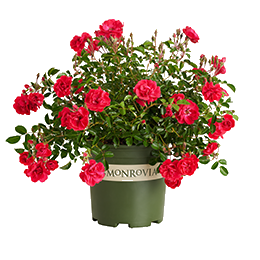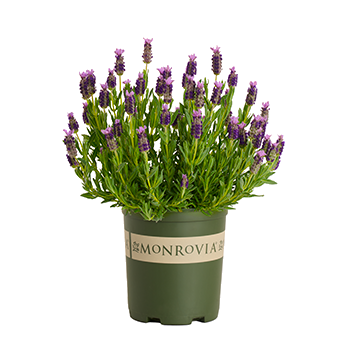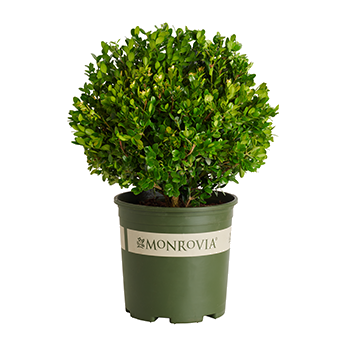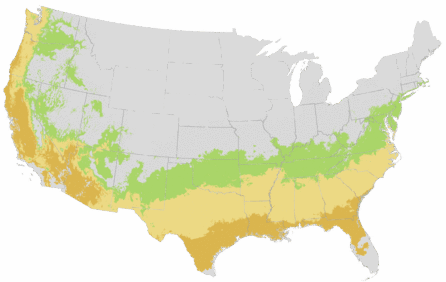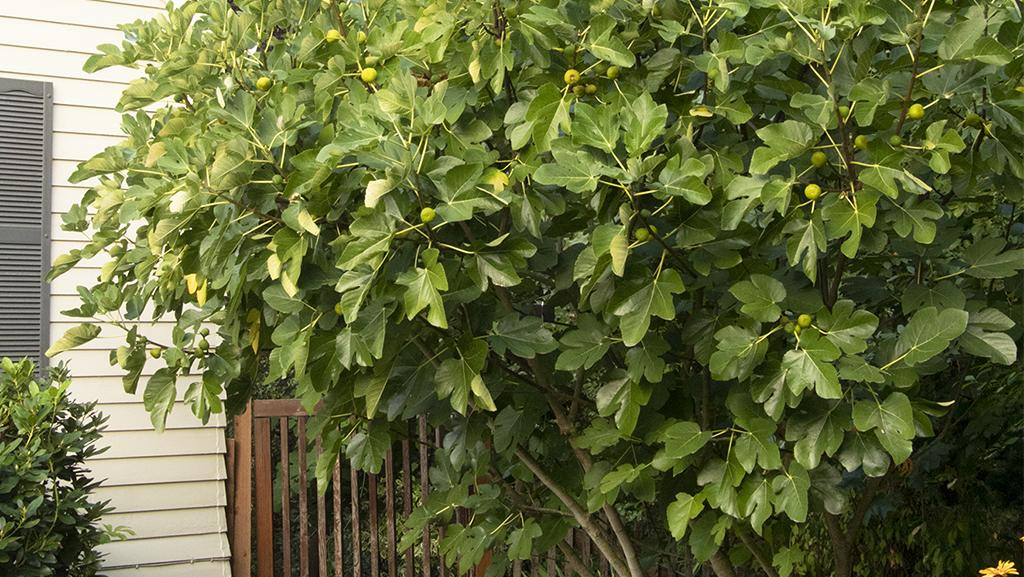You're growing in this Zip Code:
Change LocationDiscover Plants for Your Area
Black Jack Fig
Ficus carica 'Black Jack'
Retailers Near You
| Description | This attractive garden tree has an interesting winter appearance and produces especially sweet, elongated purple fruit in the summer. The semi-dwarf form makes it a good choice where space is limited. Highly adaptable. Figs are often hardy and prolific in zones 5 and 6 if planted in a sheltered location. Deciduous. |
|---|---|
| Bloom Time | Inconspicuous; prized for fruit and foliage. |
| Deciduous/Evergreen | Deciduous |
| Special Features | Easy Care, Showy Fruit, Edible, Benefits Birds |
| Problems/Solutions | Coastal Exposure, Deer Resistant |
| Growth Rate | Moderate |
| Growth Habit | Spreading |
| Landscape Use | Container, Espalier |
| Design Ideas | This semi-dwarf Fig is well-suited for small city gardens where space is limited. If used as an accent tree, keep away from pavement so fallen fruit won't cause staining. Also makes a fine leafy background when allowed to grow into a large shrub. This Fig will bear fruit in most climates. |
| Foliage Color | Green |
| Companion Plants | Rosemary (Rosmarinus); Lavender (Lavandula); Blackberry (Rubus); Grape (Vitis); Fragaria (Strawberry) |
| Care Instructions | Prefers enriched, well-drained soil. Water deeply, regularly in first growing season to establish root system; reduce frequency, once established. Requires less water in fall and winter, more in growing season. Shelter in colder zones; may die back and re-sprout from roots in spring. Apply fertilizer in spring. Prune in late winter. |
| Description | This attractive garden tree has an interesting winter appearance and produces especially sweet, elongated purple fruit in the summer. The semi-dwarf form makes it a good choice where space is limited. Highly adaptable. Figs are often hardy and prolific in zones 5 and 6 if planted in a sheltered location. Deciduous. |
|---|---|
| Bloom Time | Inconspicuous; prized for fruit and foliage. |
| Deciduous/Evergreen | Deciduous |
| Special Features | Easy Care, Showy Fruit, Edible, Benefits Birds |
| Problems/Solutions | Coastal Exposure, Deer Resistant |
| Growth Rate | Moderate |
| Growth Habit | Spreading |
| Landscape Use | Container, Espalier |
|---|---|
| Design Ideas | This semi-dwarf Fig is well-suited for small city gardens where space is limited. If used as an accent tree, keep away from pavement so fallen fruit won't cause staining. Also makes a fine leafy background when allowed to grow into a large shrub. This Fig will bear fruit in most climates. |
| Foliage Color | Green |
| Companion Plants | Rosemary (Rosmarinus); Lavender (Lavandula); Blackberry (Rubus); Grape (Vitis); Fragaria (Strawberry) |
| Care Instructions | Prefers enriched, well-drained soil. Water deeply, regularly in first growing season to establish root system; reduce frequency, once established. Requires less water in fall and winter, more in growing season. Shelter in colder zones; may die back and re-sprout from roots in spring. Apply fertilizer in spring. Prune in late winter. |
|---|
Retailers Near You
About Us
We have been pioneers and craftsmen in the art of growing plants for nearly
100 years. Since our founding in Southern California by Harry E. Rosedale, Sr.
in 1926, we have been absolutely dedicated and obsessed with quality.
We have been pioneers and craftsmen in the art of growing plants for nearly 100 years. Since our founding in Southern California by Harry E. Rosedale, Sr. in 1926, we have been absolutely dedicated and obsessed with quality.
